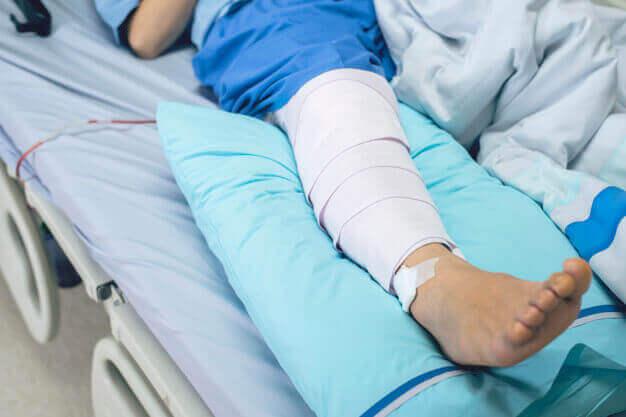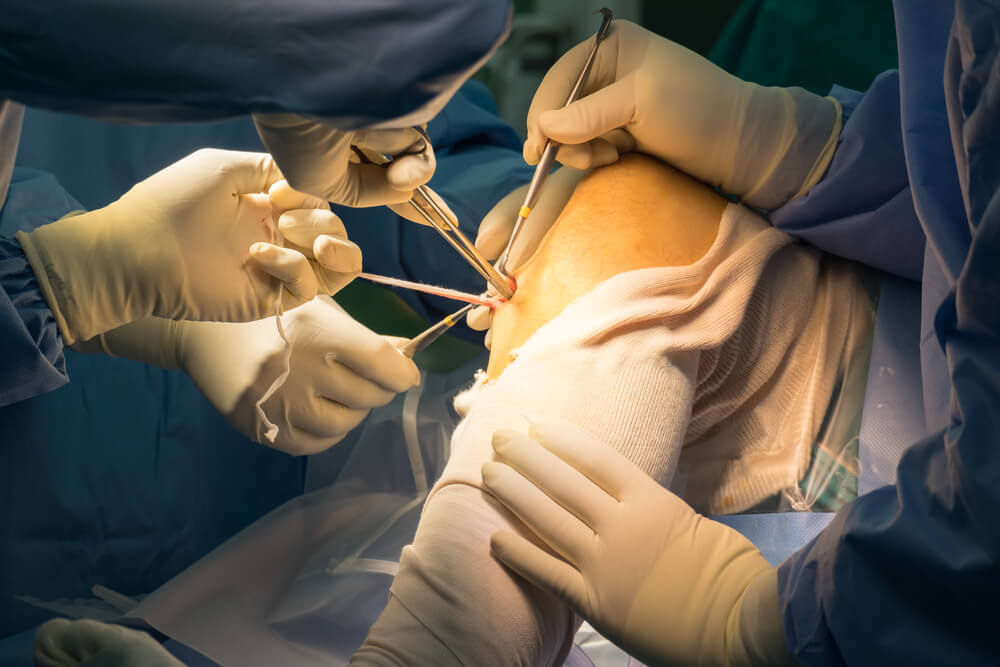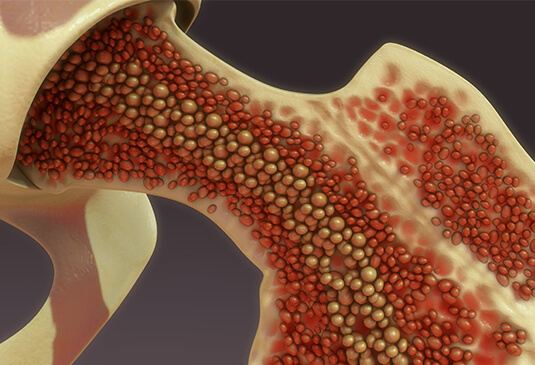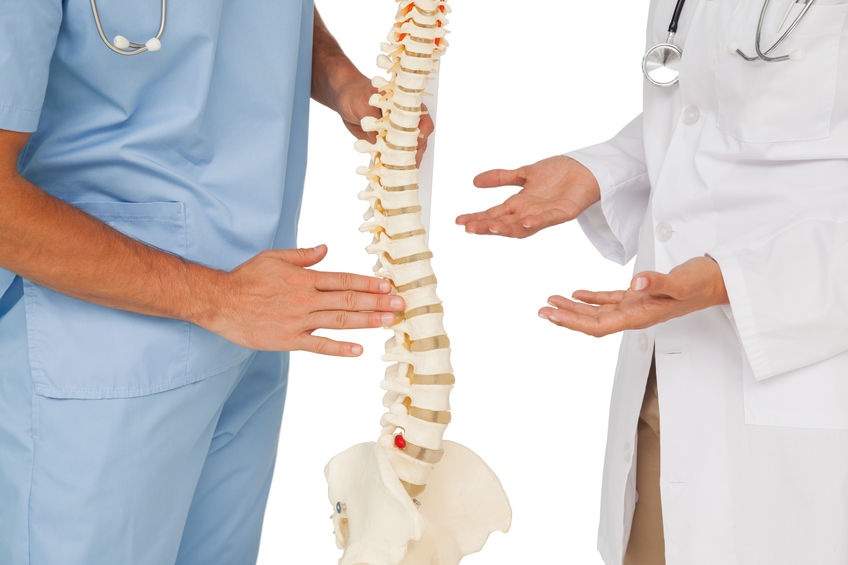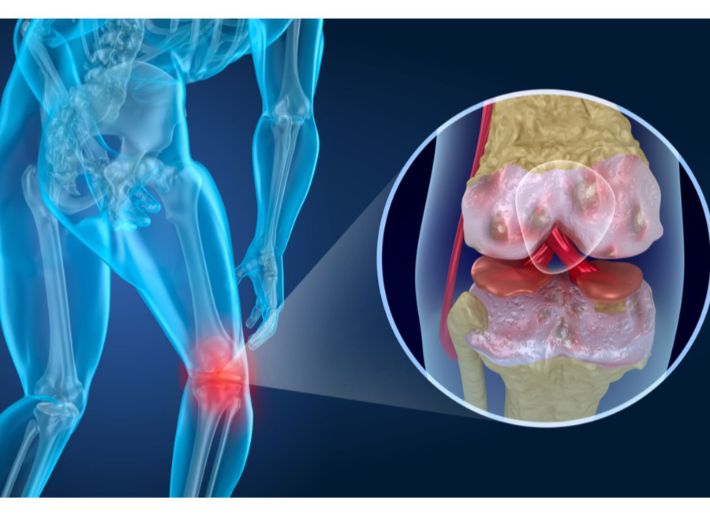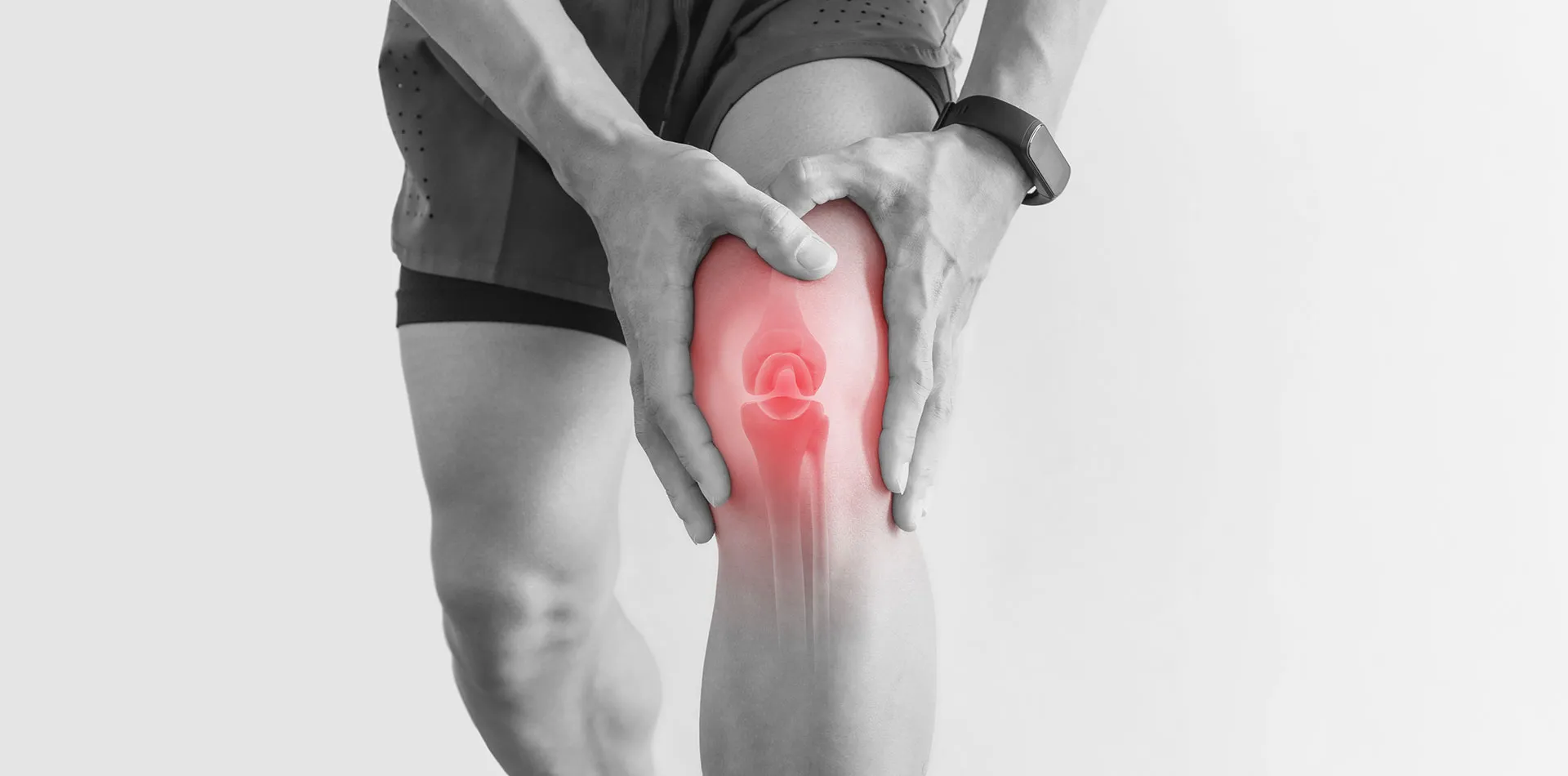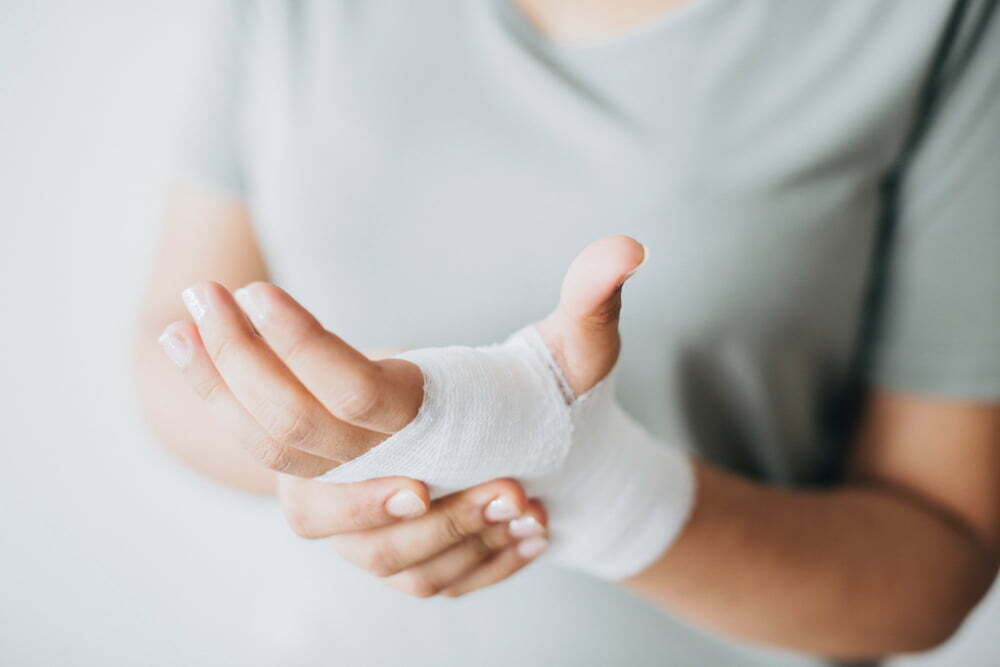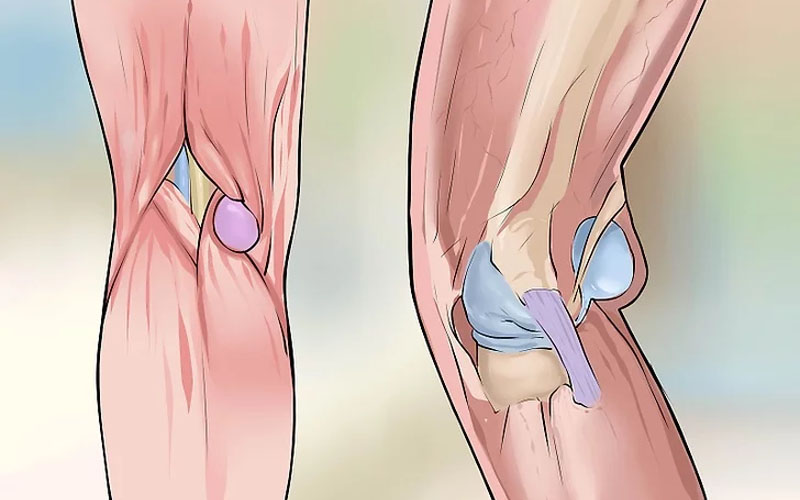!The best doctor for ACL surgery in Egypt and the cost of this surgery
The Best Doctor for ACL Surgery in Egypt An ACL injury is a common injury that many people suffer from, especially those who practice various sports. Some cases require surgical intervention, which is what we will discuss in detail in this article, which sheds light on the procedure and the steps to be followed afterwards.
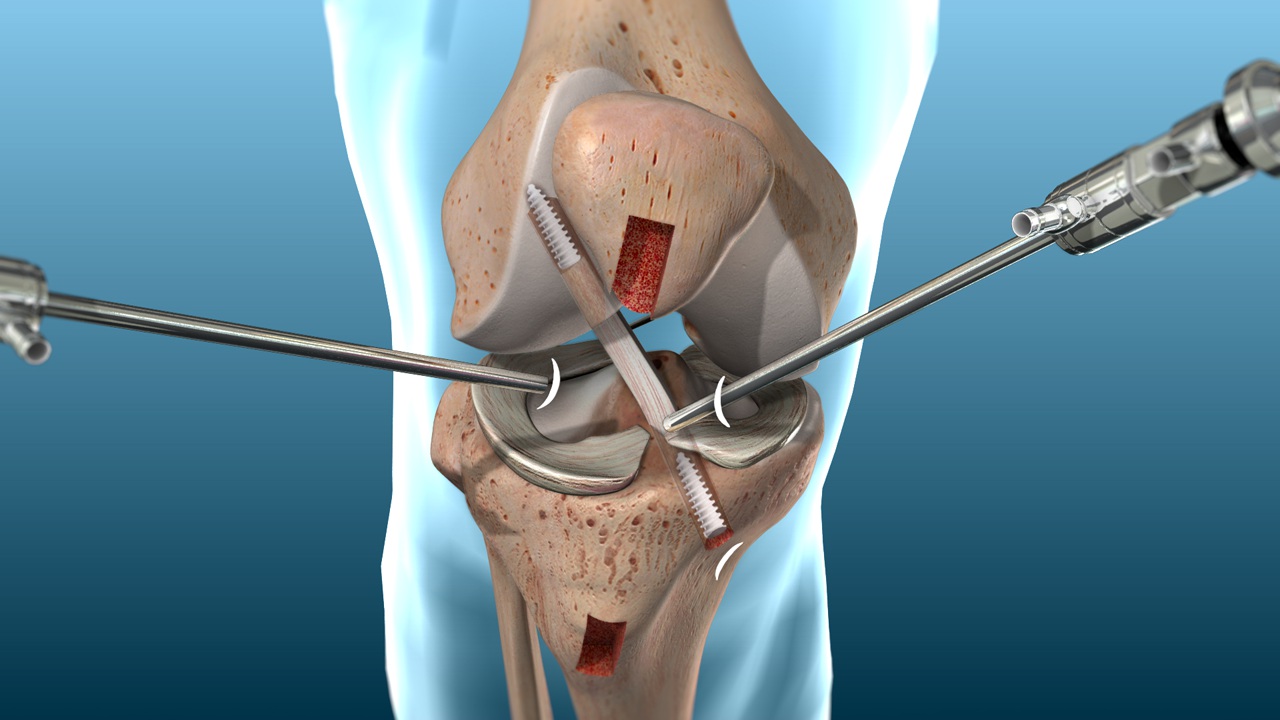
The Best Doctor for ACL Surgery in Egypt
Dr. Amr Amal is one of the best doctors in Egypt in the field of ACL surgery. He is known for his skill and experience in this field. His surgeries have a good reputation among patients, as he provides excellent medical care and effective solutions for treating knee ligament problems.
Dr. Amr Amal is highly respected in the field of orthopedic and joint surgery, having achieved numerous successes in performing knee replacement surgery. He uses the latest medical technologies and tools in his surgical procedures, enhancing his chances of success and the accuracy of his procedures.
Dr. Amr Amal studied at the Faculty of Medicine at Ain Shams University, where he graduated with honors and distinction. He worked as a resident at the university hospitals for three years. After that, he became an assistant lecturer at the same hospitals for five years. He currently works as a lecturer in orthopedics, joint surgery, and arthroscopy at Ain Shams University, where he shares his expertise with students and guides them toward a successful career in this field.
Thanks to his professional skills and extensive experience, Dr. Amr Amal is considered one of the best doctors in Egypt in the field of orthopedic surgery. His commitment to meeting the needs of patients and prioritizing their safety earns him great appreciation from the healthcare community.
Reasons for ACL Surgery
In this paragraph, we will review some of the reasons for undergoing ACL surgery, which include the following:
- Sudden Stop: Sudden stopping of movement is one of the main reasons that may require ACL surgery. When the ACL ligament is subjected to an excessively strong force or a sudden change in direction, it can tear.
- Deceleration While Running: Sudden deceleration while running can cause ACL tears. When there is severe pressure on the knee during running and muscle contractions, it can lead to a torn ligament.
- Improper Jumping: When someone jumps incorrectly or at an abnormal angle, it can cause an ACL tear. This can occur during sports activities such as basketball or soccer.
- Direct Contact or Collision: Direct impact to the knee, such as being struck by a soccer ball with force, can lead to an ACL tear. This type of injury often occurs in high-contact sports or boxing.
How is ACL Surgery Performed?
ACL reconstruction surgery is a surgical procedure that aims to replace the torn anterior cruciate ligament in the knee joint. In this guide, we will review the basic steps of this surgical procedure as follows:
- Diagnosis and Evaluation: Before undergoing ACL surgery, an accurate diagnosis of the tear and evaluation of the size and characteristics of the injury must be made. This may require additional tests such as X-rays, MRI scans, or CT scans of the knee.
- Preparation for Surgery: Before surgery, the patient must follow some important medical guidelines. This may include stopping certain medications before surgery and fasting for several hours before the scheduled operation.
- Local Anesthesia and Anesthesia: The patient will receive local anesthesia to numb the knee, and general anesthesia may also be used as per the instructions of the supervising physician.
- Performing the Surgery: The surgeon makes a small incision in the knee to access the knee joint. The damaged ACL is then removed, and the joint is cleaned of any injured tissue. After that, the ACL is replaced with a graft, such as an autograft or a tendon from the knee tendons.
- Closing the Incision: After replacing the ACL, the incision is closed with sutures and medical stitches. Stimulant materials may be added to promote healing and reduce inflammation.
- Post-Surgery: After the surgery, the patient must follow the doctor’s instructions carefully regarding post-operative care and medical rehabilitation. This may involve physical therapy sessions to strengthen the muscles and restore normal knee movement.
Benefits of ACL Surgery
- Restoring Knee Stability: ACL reconstruction surgery is a specialized procedure aimed at restoring knee stability. When the ligament is torn, the knee becomes unstable, and there may be difficulty in performing daily activities and sports. By reconstructing the ACL, stability and control of the knee are restored.
- Improving Knee Function: The surgery works to improve the function of the injured knee. People who suffer from a significant ACL tear have difficulty walking normally. However, ACL reconstruction surgery helps restore knee function and reduces pain and mobility restrictions.
- Improving Quality of Life: Thanks to ACL surgery, the quality of life for individuals with injuries will improve. After surgery and rehabilitation, patients can perform daily activities and sports normally. The ability to walk, run, and participate in sports will return with the restoration of stability and healthy knee function.
- Strengthening Muscles: Doctors consider physical rehabilitation and muscle strengthening an essential part of ACL reconstruction. After surgery, patients are trained to perform specific exercises to strengthen the knee and front thigh muscles. Strengthening these muscles will contribute to restoring knee function and enhancing its stability.
- Improving Sports Performance: For active individuals and athletes who suffer from ACL tears, ACL reconstruction surgery is crucial for safely resuming sports activities. Intensive rehabilitation after surgery is necessary to regain strength, flexibility, and confidence, allowing athletes to return to better performance and avoid future injuries.
- Improving Psychological Well-being: An individual who undergoes a severe ACL tear suffers from psychological problems and emotional challenges, including anxiety and depression resulting from pain and mobility restrictions. After undergoing ACL surgery and restoring the healthy function of the knee, individuals experience an improvement in their quality of life and psychological well-being.
Get ready to return to your routine activities with confidence and certainty with Dr. Amr Amal, who performs ACL surgeries with the latest techniques and surgical procedures.
Important Instructions After ACL Surgery
ACL surgery is a surgical procedure used to repair a torn or damaged anterior cruciate ligament in the knee. After undergoing the surgery, there are some instructions that the patient must follow to accelerate the recovery process and return to normal life. Here are the most important instructions after ACL surgery:
- Follow Post-Operative Instructions: You must follow the instructions of the treating physician carefully. This may include taking prescribed medications, attending physical therapy sessions, and using prescribed assistive devices such as crutches or a knee brace.
- Elevate the Leg Carefully: The leg should be elevated carefully, and weight should not be placed on the injured knee in the first few weeks after surgery. Multiple pillows can be used under the leg to help elevate it and reduce pressure on the knee.
- Take Pain Relievers and Anti-Inflammatory Medications: The patient may experience pain and swelling in the injured knee after surgery. Prescribed pain relievers from the doctor can be used to alleviate pain, and anti-inflammatory medications can be used to reduce swelling.
- Get Proper Nutrition: The injured knee needs proper nutrition to accelerate wound healing and strengthen the surrounding tissues. A balanced diet containing proteins, vitamins, and essential minerals for recovery is recommended.
- Get Plenty of Sleep: The patient’s body requires rest and adequate sleep for a quick recovery. The patient should get enough sleep and avoid strenuous physical activities in the first few weeks after surgery.
- Manage Weight: Excess weight puts additional pressure on the injured knee. Therefore, the patient is advised to maintain a healthy weight and follow a healthy diet to reduce pressure on the knee.
It is essential for the patient to understand that the recovery process after ACL surgery takes time and effort. Medical instructions must be respected and followed to get the most out of the surgery and return to normal life as soon as possible. For more information on the rehabilitation methods followed after ACL surgery in more detail, you can read this article.
Cost of ACL Surgery
The cost of arthroscopic ACL surgery in Egypt ranges from 50,000 to 100,000 Egyptian pounds. The price of the surgery may be determined based on several factors, such as the clinic or hospital chosen. Additionally, the surgery cost includes the doctor’s fee, the cost of necessary medical tests before the surgery, and the cost of the patient’s stay at the medical center.
The patient should consult the specialist doctor to determine the cost of the surgery and potential costs related to post-operative treatment and rehabilitation. A guaranteed healing experience awaits you with Dr. Amr Amal, the expert in performing ACL surgeries with skill and high efficiency.
Is ACL Surgery Necessary?
Yes, ACL surgery is necessary in many cases, depending on the type and severity of the injury. If the condition of the ACL is poor and the patient finds it difficult to walk, surgery becomes highly necessary to restore the ability to walk again. However, most patients can walk after surgery within 2-4 weeks, but only for short periods.
Some older, less active individuals may require less invasive surgery, and in many cases, walking is possible after an ACL injury, although it may be painful at times. In most cases of ACL tear, doctors prefer to perform the surgery arthroscopically. In some cases, such as for those over 60 years old, surgery may not be necessary, and palliative treatment and rehabilitation may be sufficient.
Complications After ACL Surgery
Here is a list of the most prominent complications that may occur after undergoing ACL surgery:
- Fluid Accumulation in the Knee: Fluid accumulation in the knee joint may occur after surgery, causing swelling and pain. The patient should inform the doctor if this complication occurs for appropriate treatment.
- Infection: An infection may occur at the surgical site, which is a potential complication after any surgery. It is important to follow hygiene instructions and use prescribed antibiotics accurately to prevent infection.
- Blood Clots: The risk of blood clots may increase after surgery, especially if the patient has risk factors such as obesity or a family history of blood clots. The patient should keep the joint mobile and follow the prescribed medication regimen to prevent blood clots.
- Scar Formation: Scars may form in the surgical area after the operation, and they may be prominent and painful. Performing prescribed physical therapy exercises is recommended to improve the flexibility and appearance of the scar.
- Weakness or Numbness in the Toes: Weakness or numbness in the toes may occur due to pressure from the incisions or narrowing of blood vessels during surgery. If this complication persists for a long time, the patient should consult the doctor for evaluation and appropriate treatment.
- Scar Stiffness: The scar may become stiff after surgery, which can affect joint movement. Physical therapy and rehabilitation exercises are required to reduce scar stiffness and improve joint mobility.
- ACL Re-Tear or Tear: In rare cases, the implanted ligaments may become fragile and detach again. The patient must follow the doctor’s post-operative instructions carefully to avoid this complication.
Success Rate of ACL Surgery in Egypt
The success rate of ACL surgery in Egypt typically ranges from 80 to 90 percent, which are very high rates. The success of the surgery depends on several factors, including the surgical technique used, the surgeon’s experience, and the patient’s adherence to the post-operative rehabilitation and care program. In general, ACL surgery is considered successful and leads to a good recovery in most cases.
Regain your confidence in movement and athletic performance with Dr. Amr Amal, who has an impressive record of successful ACL procedures and patient rehabilitation.
When Can You Walk After ACL Surgery?
After undergoing ACL surgery, the patient can start walking without assistance within 2-4 weeks, but only for short periods. It is recommended to start walking on the second or third day after surgery for a few minutes only, taking breaks when feeling pain.
After 10-12 weeks, the patient can walk, run, and perform daily activities normally. This may vary from person to person depending on the body’s response and healing rate. It is best to consult
Here is the rest of the translation:
the doctor to learn more about the appropriate timeframe for walking after the surgery.
What is the Proper Way to Sleep After ACL Surgery?
The proper way to sleep after ACL surgery varies depending on the type of surgery, the severity of the injury, and the recommendations of the treating physician. However, after surgery, the patient should sleep with their knee elevated without bending it. A pillow can also be placed under the leg and elevated as much as possible in the first few days after the surgery. Using a brace and crutches for mobility inside the home while performing daily activities is also permitted.
It is important to continue elevating the leg above the level of the rest of the body and avoid bending or putting weight on it. In general, it is preferable for the patient to sleep on their back and the unaffected side rather than the side where the ACL surgery was performed. A small pillow can be used under the elevated knee for added support and comfort during sleep.
